Use :grep or :vimgrep to search file contents. The results are put onto the "location list" which you can open by typing :cw Enter.
Syntax for :grep is, by default, the same as the grep(1) command:
:grep 'my pattern.*' /path/to/dir
By default it will search the current directory (:pwd). I added set autochdir to my .vimrc so my PWD always follows the file I'm editing.
The major difference between :grep and :vimgrep is that :vimgrep (:vim for short) uses Vim-compatible regular expressions, whereas :grep uses whatever regular expressions your &grepprg uses.
You can use a custom program by setting &grepprg to something different. I personally like ack which uses Perl-compatible regex.

